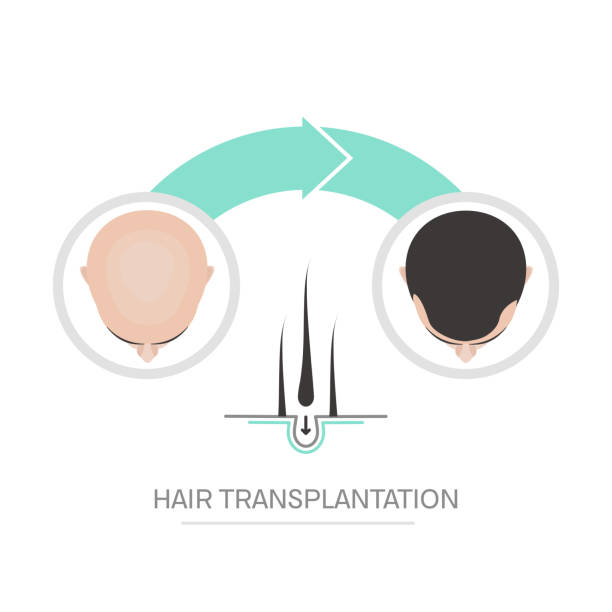Orofacial pain refers to any pain felt in the mouth, jaws, and face. This type of pain can be debilitating, affecting your ability to eat, speak, and perform daily activities. In this guide, we’ll explore the causes, symptoms, and treatment options for orofacial pain to help you better understand and manage this condition.
What is Orofacial Pain?
Orofacial pain encompasses a wide range of conditions that cause pain in the face and mouth. This pain can arise from various sources, including dental issues, temporomandibular joint disorders (TMJ), nerve-related problems, and musculoskeletal conditions.
Common Causes of Orofacial Pain
- Dental Issues: Toothaches, cavities, gum disease, and abscesses are common dental problems that can cause significant pain in the mouth and jaw.
- Temporomandibular Joint Disorders (TMJ): TMJ disorders affect the joints and muscles that control jaw movement, leading to pain, clicking sounds, and difficulty chewing.
- Neuropathic Pain: Conditions like trigeminal neuralgia and post-herpetic neuralgia can cause severe, stabbing pain due to nerve damage or irritation.
- Musculoskeletal Disorders: Muscle tension, spasms, and other musculoskeletal issues can lead to orofacial pain, often associated with stress or poor posture.
- Sinus Problems: Sinus infections and inflammation can cause referred pain to the face and upper teeth.
- Other Medical Conditions: Migraines, cluster headaches, and other systemic conditions can also manifest as orofacial pain.
Symptoms of Orofacial Pain
The symptoms of orofacial pain can vary widely depending on the underlying cause. Common symptoms include:
- Persistent or intermittent pain in the face, jaw, or mouth
- Headaches or migraines
- Jaw clicking or popping sounds
- Difficulty chewing or speaking
- Toothache or sensitivity
- Swelling or tenderness in the face or jaw
- Earache or ringing in the ears
Diagnosis of Orofacial Pain
Diagnosing orofacial pain involves a comprehensive evaluation by a healthcare professional. This may include:
- Medical History: A detailed medical history to identify any underlying conditions or factors contributing to the pain.
- Physical Examination: Examination of the head, neck, face, and oral cavity to assess for any abnormalities or signs of infection.
- Imaging Studies: X-rays, MRI, or CT scans to visualize the bones, joints, and soft tissues.
- Dental Evaluation: A thorough dental examination to identify any tooth or gum-related issues.
- Neurological Assessment: Evaluation of nerve function to rule out neuropathic causes of pain.
Treatment Options for Orofacial Pain
Treatment for orofacial pain depends on the underlying cause. Here are some common approaches:
- Medications: Pain relievers, anti-inflammatory drugs, muscle relaxants, and antidepressants may be prescribed to manage pain and inflammation.
- Dental Treatments: Addressing dental issues through fillings, root canals, extractions, or periodontal treatments can alleviate pain.
- TMJ Therapy: Treatment for TMJ disorders may include oral splints, physical therapy, and, in severe cases, surgery.
- Neuropathic Pain Management: Medications like anticonvulsants or nerve blocks can help manage neuropathic pain.
- Physical Therapy: Exercises and therapies to strengthen and relax the jaw and facial muscles.
- Behavioral Therapy: Stress management techniques, biofeedback, and cognitive-behavioral therapy can be beneficial, especially if pain is linked to stress or anxiety.
- Surgical Intervention: In cases where conservative treatments fail, surgical options may be considered to address structural problems.
Conclusion
Orofacial pain is a complex condition that requires a multidisciplinary approach for effective management. If you’re experiencing persistent pain in your face, jaw, or mouth, it’s essential to seek professional help for a thorough evaluation and appropriate treatment. With the right diagnosis and treatment plan, you can find relief and improve your quality of life.
For more information on orofacial pain and related treatments, visit Esthetica India.


